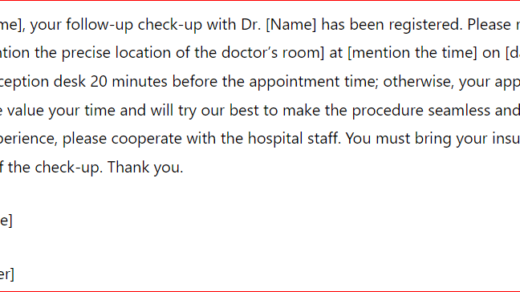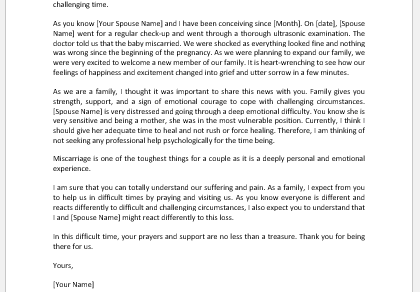Children are the most delicate creatures in this entire world. When a couple conceives a child, the first thing that concerns the parents is that the child must be healthy and be born with no problems.
This is an equal concern for the doctor and the state because healthy babies make a healthy future for the country.
Surgeries for congenital anomalies
But it is the rule of nature that every soul has to go through hardships. Some parents have to go through tough phases of their lives, especially when they have to deal with the congenital anomalies of their child. Some children are born with congenital defects, and to prevent such babies from being born, an anomaly scan is done in the second trimester of pregnancy. If the anomaly is not treatable, parents may seek medical termination of pregnancy.
However, if the anomaly is not that big and some treatment options are available against it, such babies are given birth, but they have to undergo surgeries so that their problem can be solved. These surgeries range from minor surgeries to major surgeries and have been saving the lives of many children, enabling them to lead a normal and healthy life.

The Form File: 45 KB
Surgeries in children in their later life
Apart from congenital anomalies, children may have to undergo surgeries for other reasons as well. They may have to undergo an organ transplant, fractures, ophthalmological surgeries, or any other reason that can arise at any stage of life.
Surgical record
It is the prime duty of parents to always keep a proper health record of their kids, no matter how trivial the information is. This record is really helpful for future reference whenever a health assessment for any purpose is required.
It is also useful for the doctors at the time of hospital admission for these kids because a lot of management is based upon the previous medical and surgical history of the patients at any age of their lives.
Children’s surgery record form
A child’s surgical record form is very simple and doesn’t need a lot of explanation to understand.
You just need to mention the name of the child along with his sex, age, and date of birth. If necessary, the name of the parents, or at least the father, can also be added to the initial part of the form.
After that, a brief history of each of the surgeries a child has had is written. While entering information about the surgical history of the baby, we have to keep in mind that detail is mandatory.
It will be really helpful if the background of the surgery and the disease are mentioned so that the reader, no matter who he is, understands why the surgery was performed.
If possible, the outcome of the surgery is also mentioned to determine if the surgery was successful or not. For example, if the child underwent surgery for biliary atresia, it is mentioned that he was diagnosed with intrauterine and then underwent surgery at a specific age due to which symptoms.
- Diabetes Letter to Employer
- Trackers for Medical Facilities
- Nursing Documentation Templates
- Letters for being Unfit to Travel
- Mental Health Evaluation Forms
- Forms Used by Pediatricians
- Various Forms Related to Pregnancy Verification
- Common Forms Used by ENT Specialists
- Patient Registration Confirmation Messages
- Quotation Letter for Medical Services
- Mental Health Letter by Doctor
- Excuse Letter for Absence due to Medical Checkup
- Response Letter to Feedback on Improvement in Hospital
- Letter to a Mother Who Miscarried
- Patient Feedback Letter Complaining on Issues or Incidents
- Letter to Family about Miscarriage
- Patient Constructive Feedback Letter for Quality Care Improvement
- Registered Nurse Designation Letter


